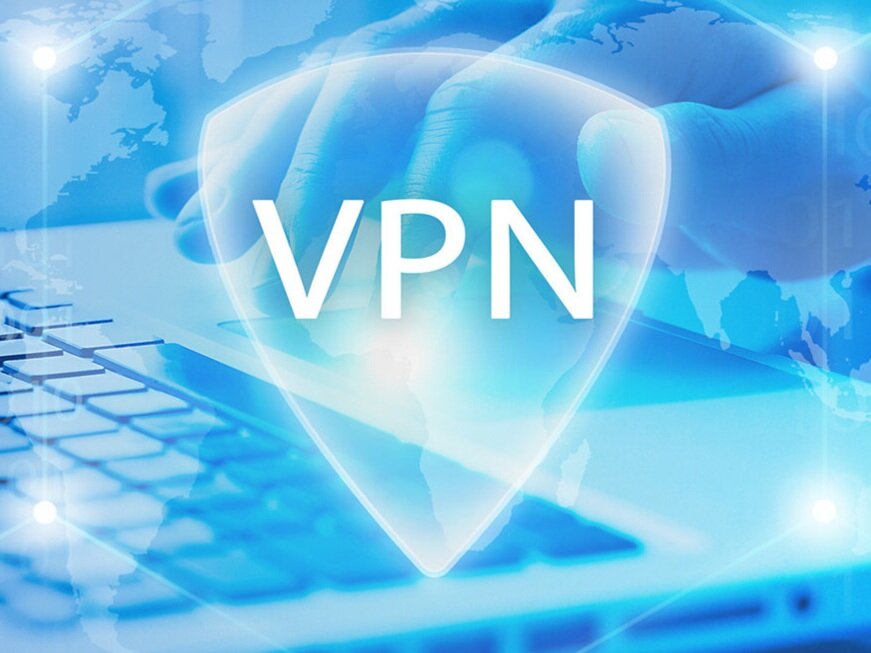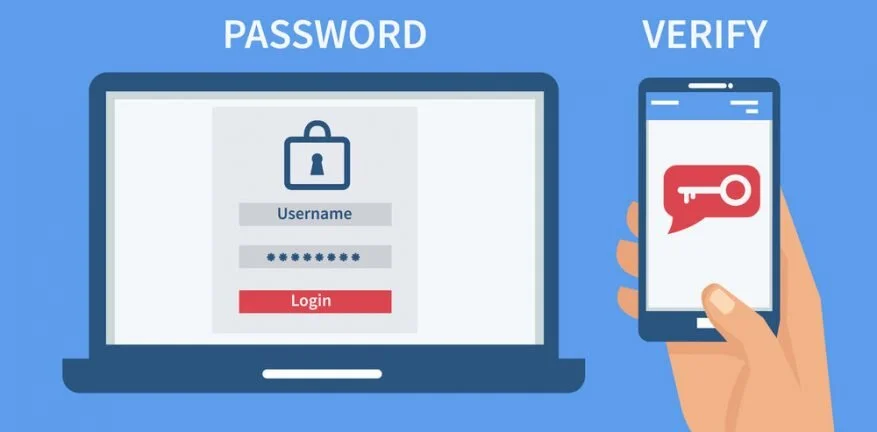It’s evident that working from home has become a new reality for many, as recent events have forced companies to request that their staff work remotely. Work from home is no longer just an initiative to harness global talent but also a way to protect workers from risk.
Education on digital security best practices are now more important than ever as we work remotely. With many of us relying on emails and the web to get our work done, we need to be aware of the key giveaway signs that indicate a threat.
Tips to protect yourself as you work from home
Be sure to use a virtual private network (VPN), which is extremely important for establishing a secured connection to work files and personal photos saved in the cloud.
Phishing is the fraudulent practice of sending emails purporting to be from reputable companies in order to induce individuals to reveal personal information. Do not click on links or open email attachments that seem suspicious.
Two-factor authentication is a more secure way to access work applications. In addition to a password/username combo, you will be asked to verify who you are with a device that you–and only you—own, such as a mobile phone. Put simply: it uses two factors to confirm an identity.
Make sure to use complex passwords for each of your accounts, and never reuse your credentials across different platforms. It’s also a good idea to update your passwords consistently to further protect your data. You can also use a password manager, to keep track of all your unique passwords.
Ensure you run regular scans of your devices using your anti-virus solutions. This will help protect devices against malware, phishing attacks, and other threats, as well as help identify malicious websites while browsing.




